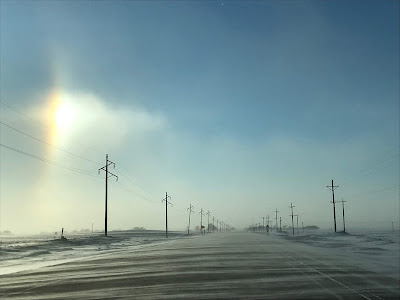I call the series I am writing Lio and Lamb. Or Lio & Lamb. Either way. I'll have to decide which at some point.
More pressing, I don't know exactly what to call each of the "volumes" of the series. I started with the story that has turned into the third book. As the original text, that one is just called
Lio and Lamb. Of late, I've been subtitling it
Murders of Castle Aco.
The other volume that I've mostly completed is a prequel. Sometimes that's what I call it. The prequel. It's in three parts right now, so sometimes I call it "Haven," "Queenswood," and "Storm," though those are more accurately section titles within the text. I can't imagine calling the first volume of a series the extravagantly long title of
Lio and Lamb: Haven, Queenswood, and Storm.
I'm going to use this blog to brainstorm some titles and subtitles...
1. Lio and Lamb: Origins
Too much like "SPOTD: Origins of a Sixth Grade Superhero."
2. Lio and Lamb: Thora's Journey
I don't hate it. But it sounds too much like a quest, which is partially true, but mostly not. The second volume will follow the quest format more closely. And although I love Thora, I don't love her name. I think she'll stay Thora, but she might not.
3. Maybe a title that alludes to the plot's genre? "Murders of Castle Aco" tips its hat to the murder mystery genre. This one is a pursuit/escape. Possibilities:
Lio and Lamb: Escape
Lio and Lamb: Escape from Docq
Lio and Lamb: Escape to Aelhaven
Lio and Lamb: Escaping Jakon
Lio and Lamb: Thora's Escape
Lio and Lamb: On the Run
Lio and Lamb: The Chase
Lio and Lamb: Pursuit
Lio and Lamb: Flight
Lio and Lamb: Deliverance
Lio and Lamb: Take Flight
Lio and Lamb: Liberty
Lio and Lamb: Release
Lio and Lamb: Liberation
Lio and Lamb: Extrication
Lio and Lamb: Salvation
Lio and Lamb: Aegis of Aelhaven
Lio and Lamb: Shelter
Lio and Lamb: Sanctum
I like the bolded ideas best.
The Chase is pleasing because it sounds like a story that is action packed. Plus, it reminds me of SPOTD.
Deliverance works because of its double meaning: deliverance to safety and birth of the twins. Plus, it hints at a particular plot twist.
I like Aegis of Aelhaven because it is story specific. Plus, the word Aegis is strange enough to sound like fantasy, which is my overarching genre.
Of course, I could just call the whole thing "Haven," which fits well. I'd just have to add a section title for the first half, because I really like "Queenswood" and "Storm," and I can't just start having section titles partway through.
So...
Lio and Lamb: Haven
Prologue (super short)
Deliverance
Maybe another section here? Somehow referring to the threat of separation...
Queenswood and Storm (or separate, if I don't twine them together).
Okay, so now I need another section name. More brainstorming?
Flight
Discovery
Peril
Jeopardy
Quarry
Raider
Midsummer
Menace
Again, I like the bolded ideas best.
My favorite is Discovery; it hints at the plot and it's what prompts the flight of the next sections. Plus, it has a double meaning again. Characters are literally discovered/found, and characters can learn about themselves. I could play that up even more.
Midsummer. My created world has fairly traditional seasonal celebrations at Midwinter, Midspring Midsummer, and Midfall. The Midspring and Midsummer rituals play important parts in this first story. But I think I'd prefer to use Midsummer as a section title if I were using all four to divide a work. Maybe I could use them as a framework for the second volume.
Final plan (for now):
Lio and Lamb: Haven
Prologue
Deliverance
Discovery
Queenswood and Storm
Epilogue
After I revise what I've written, my next task is to decide how to order Queenswood and Storm, either one after the other or intertwined. That's a subject for another blog...































